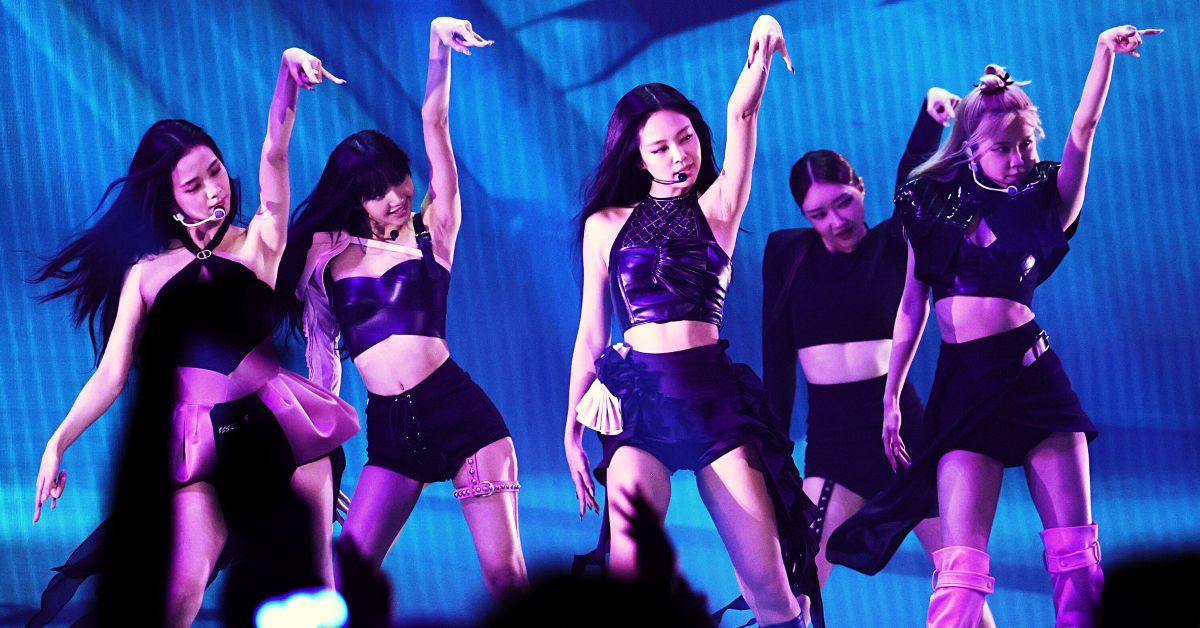Blackpink may be the first K-pop girl group to fully benefit from the globalization of the genre as it has evolved over the past several years as a global force with hit singles, massive tours, and influence in the fashion industry.
It has established itself as a pop icon worldwide, building on the innovations of earlier artists like Girls’ Generation and 2NE1. Itzy, Aespa, Ive, and the most recent microgeneration, NewJeans, and Le Sserafim, are just a few of the girl groups that have recently joined it and have expanding profiles and distinctive personalities.
This week’s Popcast will discuss how girl groups differ from their male counterparts in terms of the challenges they have faced, how they combine music and storytelling, and how the global popularity of K-pop has increased their prospects.

K-Pop
“K-pop” (Korean: RR: keipap) is an abbreviation for “Korean pop music,” a musical genre that emerged in South Korea and is now an integral element of the country’s popular culture.
Beyond its traditional Korean music roots, it incorporates styles and genres worldwide, including pop, hip-hop, R&B, experimental, rock, jazz, gospel, reggae, electronic dance, folk, country, disco, and classical. In the 2000s, the word “K-pop” gained widespread usage, notably outside of South Korea.
In South Korea, gayo (Korean: Hanja) is still commonly used to refer to Korean pop music. K-pop is sometimes used informally in a more restricted meaning to refer to any music or musicians from South Korea connected to the entertainment and idol industry, regardless of the genre.
When the hip-hop boy band Seo Taiji and Boys formed in 1992, a new, more contemporary style of the genre—initially called “rap dance”—emerged. They helped modernize South Korea’s modern music scene by experimenting with diverse types and genres of music and incorporating foreign musical components.
Final words: We hope the information we’ve provided is helpful to you. Please leave your thoughts in the comments section if you found this post helpful.



